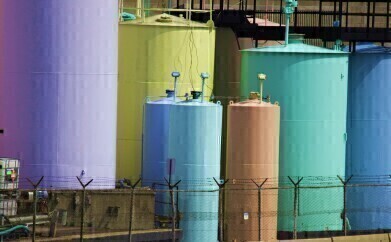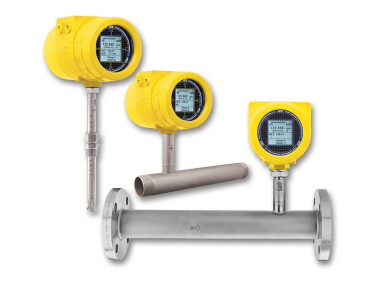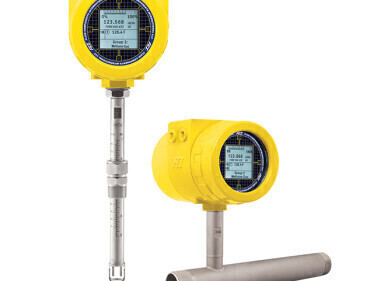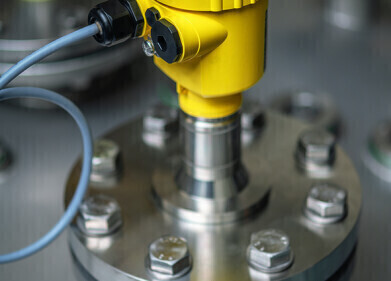Flow Level Pressure
How Are Storage Tank Levels Measured?
Dec 23 2022
Measuring fluid levels in storage tanks is a critical part of operations at oil fields, refineries, manufacturing plants and other industrial sites. Accuracy and reliability are essential, particularly in the face of increasingly strict process control and custody transfer requirements. Below, we take a closer look at the different methods for measuring storage tank levels.
Sight glass
Sight glass is one of the simplest and oldest methods for measuring storage tank levels. While transparent windows do offer a general estimate of tank levels, they’re loaded with limitations. For example, clear materials are often weak and prone to failure. Build-up of scale and other debris can also obscure visibility.
Floats
The float method uses a buoyant object to measure tank storage levels. A mechanical device is attached to the float to record its position and reveal tank levels.
Hydrostatic devices
Displacers, differential pressure transmitters and bubblers are all examples of hydrostatic devices used to measure storage tank levels.
Load cells
Also known as strain gauge devices, load cells use sensors to detect structural changes in a mechanical support bracket. The technology is based on the idea that the support bracket flexes as the force load changes. Data is then used to measure storage tank levels.
Magnetic level gauges
Magnetic level gauges use the same principle as floats, with the addition of magnets. The float is fitted with a set of magnets and placed in an auxiliary chamber attached to the storage tank. The float moves up and down according to fluid level and the attached magnets relay this information to a magnetised gauge.
Capacitance transmitters
These devices are based on the principle that process fluids usually have dielectric constants that are easily distinguishable from air. For example, the dielectric constant of diesel fuel is around 2.1 while the dielectric constant of air is 1.0. Capacitance transmitters measure storage tank liquid levels based on changes in capacitance.
Magnetostrictive level transmitters
This next-generation technology builds on the concept of magnetic level gauges. The transmitters measure torsional wave speeds to detect the float and calculate tank levels.
Ultrasonic level transmitters
Ultrasonic level transmitters are another cutting-edge solution. The technology uses ultrasound pulses to calculate the distance between a transducer device and the fluid surface.
Laser level transmitters
Laser transmitters are based on a similar principle to ultrasonic level sensors. Though instead of using ultrasound pulses, they rely on the speed of light. They’re ideal for opaque liquids, as well as slurries and viscous materials.
Above, we’ve covered some of the different methods used to measure storage tanks levels. For more information on other factors to consider, including preferred storage tank designs and materials, don’t miss ‘Storage Tanks for Oil & Chemicals - Everything You Need to Know’.
Digital Edition
PIN 25.5 Oct/Nov 2024
November 2024
Analytical Instrumentation - Picturing Viscosity – How Can a Viscometer or a Rheometer Benefit You? - Sustainable Grease Formulations: Evaluating Key Performance Parameters and Testing Method...
View all digital editions
Events
Dec 03 2024 Dusseldorf, Germany
Dec 08 2024 Anaheim, CA, USA
Turkey & Black Sea Oil and Gas
Dec 11 2024 Istanbul, Turkey
Dec 19 2024 Aurangabad, India
Jan 20 2025 San Diego, CA, USA



















